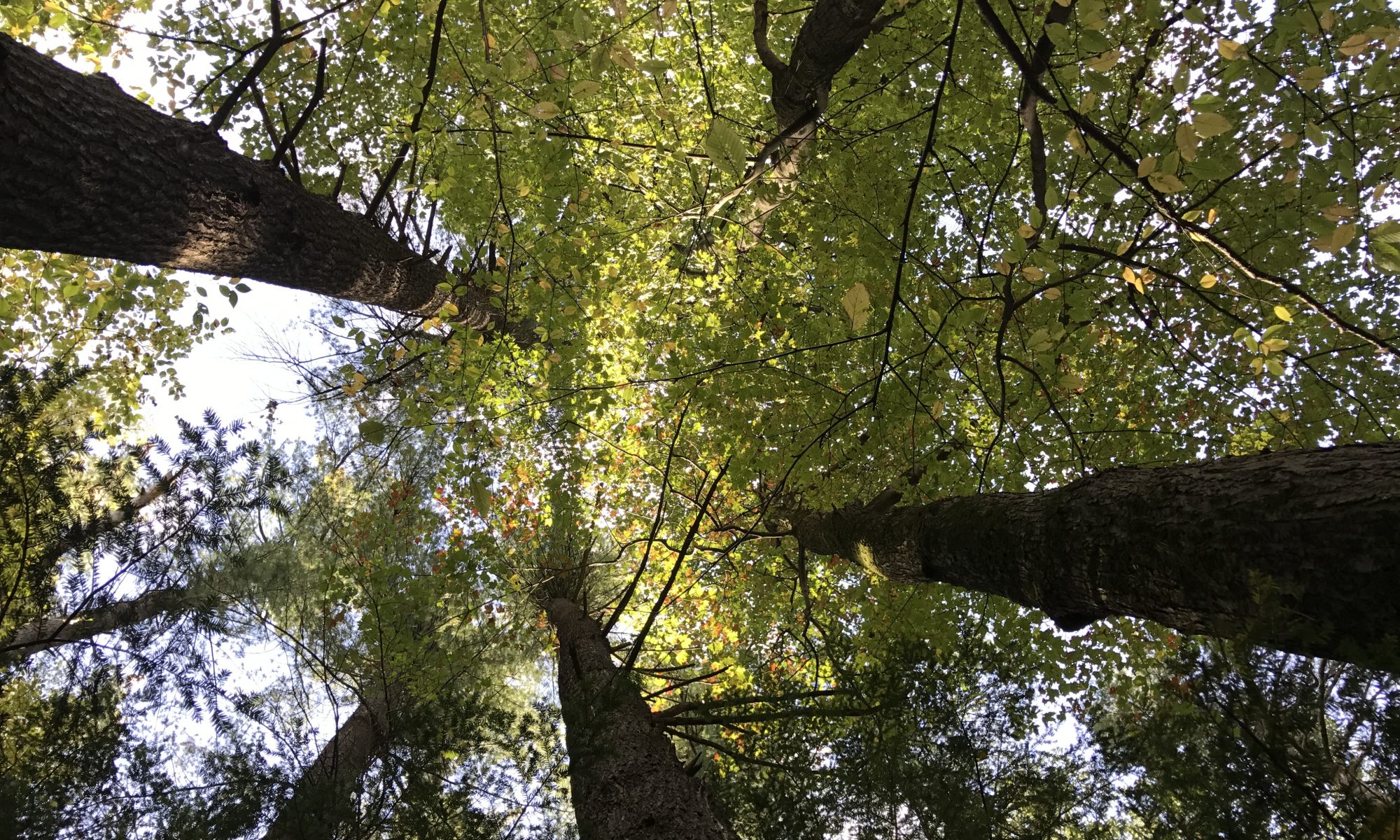I visited the George Lewis Memorial Trail which is part of the Wolbach Farm reservation. Wolbach Farm is part of the larger Great Meadows ecosystem along the Sudbury River, much of which is owned and managed by the U.S. Fish and Wildlife Service’s Great Meadows National Wildlife Refuge. Sudbury Valley Trustees’ Wolbach Farm offers a diversity of woods, wetlands and field for exploration. The oak-hickory-pine forest straddles the rocky hill behind the main house. Along Winter Brook, there is a rich diversity of wetland plants and some very large trees, including sycamore, black birch, and black and red oaks. The fields behind the barn grade from a very dry little bluestem grassland to a wet meadow with many wildflowers including willow herb, goldenrod, swamp candles and bugle weed.
Anna and Burt Wolbach purchased the property known as Wolbach Farm in the 1910s. At the time, most of the property was used for a dairy farm, though the lower fields near the barn were used for horse pasture. The area was most likely cleared for pasture in the 1800s with the exception of the stream corridor and seepage slopes. The Wolbach’s converted the farm from an active dairy farm to a gentleman’s farm. The lower field continued to be maintained for horses. In the 1930s, during the depression, both the Wolbach family and the Newton family next door employed people to plant red pine, Norway spruce and eastern hemlock in previously pastoral areas on the grounds surrounding the house and barn. John Wolbach, Anna and Burt’s son, left this 54 acre property to Sudbury Valley Trustees in his will. SVT took ownership of the property in 2002. John Wolbach’s wishes were to preserve the land “predominantly in its natural, scenic and open condition.” For added protection, Mr. Wolbach provided that The Trustees of Reservations hold a conservation restriction over the property as well.
The trees and other plants that reside in this area are the ones previously listed in the history above, along with: eastern white pine, paper birch, thorny greenbrier, nodding trillium, red baneberry, and doll’s eyes (which appear in the Riparian corridors), and the occasional white oak, red cedar, or a sapling of a sugar maple, red maple, or American beech. You can also see some spice bush close to the wetlands area and some black gum trees within it. The invasive species in this area are buckthorn, oriental bittersweet, Japanese barberry, multiflora rose, purple loosestrife and certain varieties of honeysuckle.
You can see and hear the activity of the local winter birds within this area. The birds that I have seen in this area include: mourning doves, cardinals, chickadees, goldfinches, dark-eyed juncos, hairy woodpeckers, downy woodpeckers, pileated woodpeckers, red-bellied woodpeckers, northern flickers, white-breasted nuthatches, tufted titmouse, and great horned owls.
Pictures of My Wolbach Farm Site
Google Map Link of My Wolbach Farm Site
Sources:
https://www.svtweb.org/sites/default/files/property/map/wolbach.pdf
